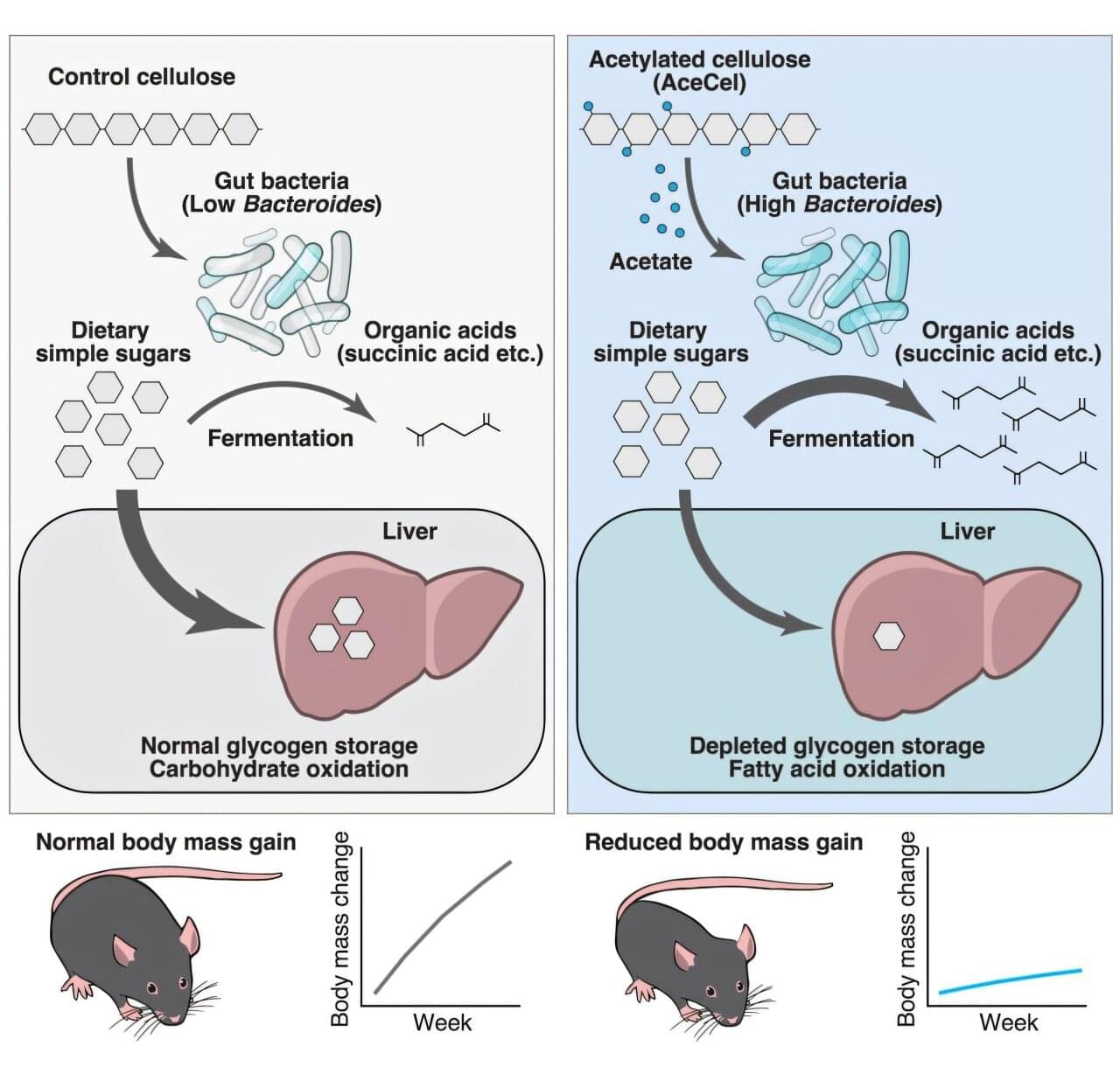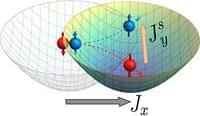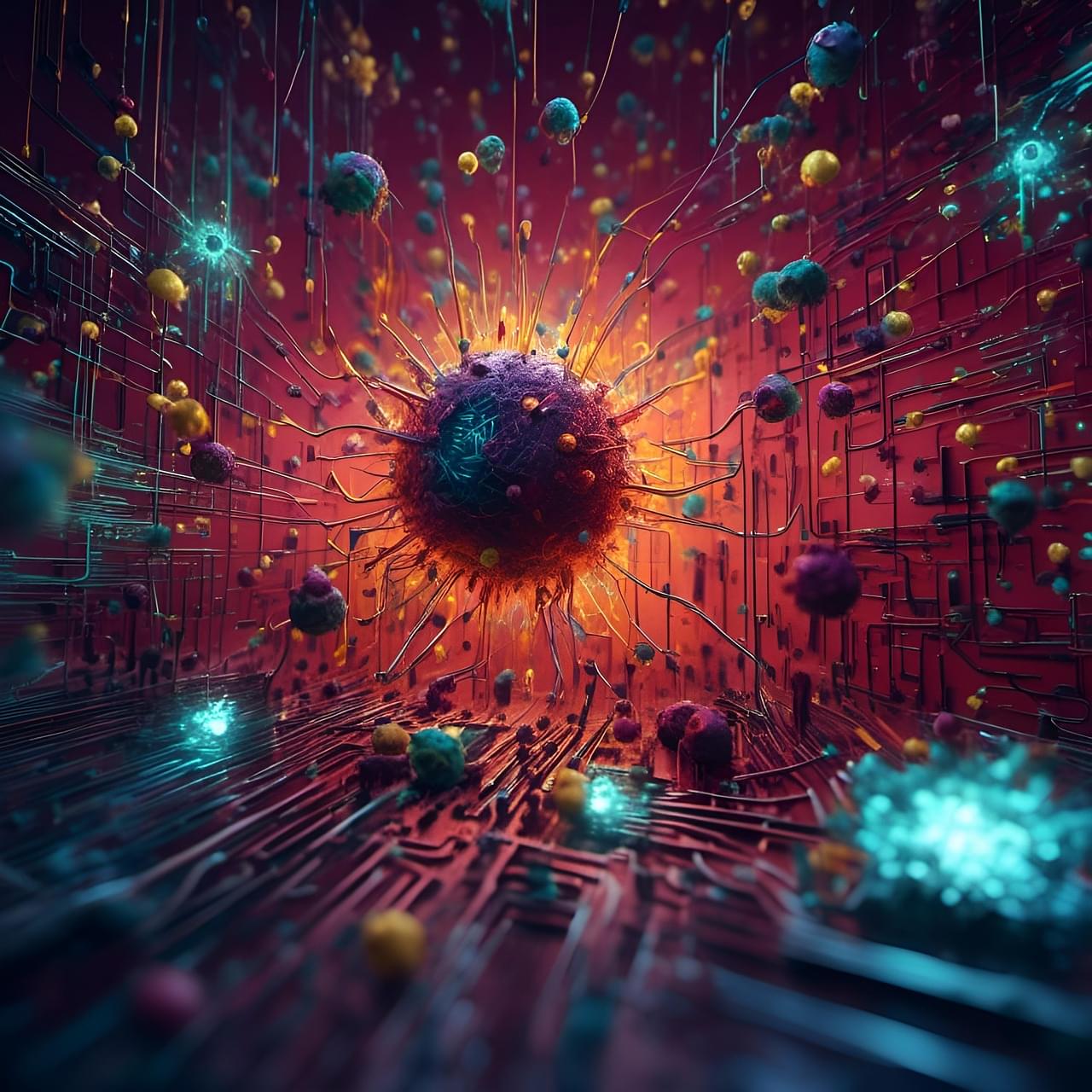Researchers led by Hiroshi Ohno at the RIKEN Center for Integrative Medical Sciences (IMS) in Japan have discovered a new way to reduce obesity. Their study shows that supplying the gut with extra acetate reduces fat and liver mass in both normal and obese mice, as long as bacteria of the Bacteroides species are also present in the gut.
When both these conditions are met, gut bacteria can eliminate more sugars from the gut and promote the burning of fats for energy in the host. The findings were published in Cell Metabolism.
Affecting hundreds of millions of people around the world, obesity constitutes a global epidemic. It is linked to eating too much sugar and starchy foods and is known to increase the risk of heart disease, type-2 diabetes, and cancer. At the same time, studies show that eating fiber reduces the risk of these very same diseases—even though it cannot be digested directly by mammals.









